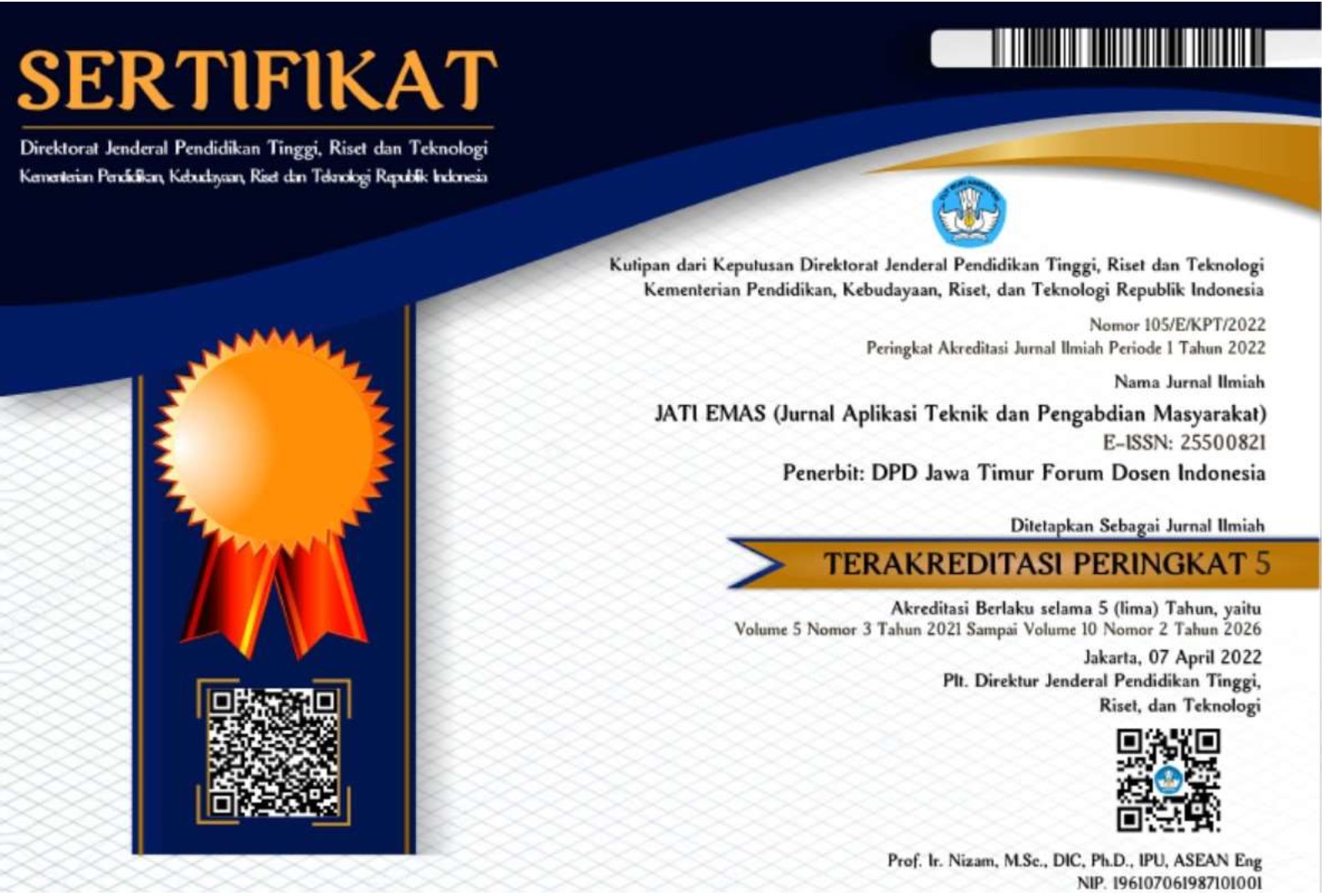Moringa and Seaweed Noodles: Nutritional Pillars for Eastern Indonesia Community
Mie Kelor dan Rumput Laut: Pilar Nutrisi untuk Indonesia Timur
DOI:
https://doi.org/10.12345/je.v9i4.421Keywords:
Functional Food, Moringa-seaweed Noddle, Local Food InnovationAbstract
This community service program aimed to enhance the utilization of local resources, namely Moringa oleifera leaves and Eucheuma cottonii seaweed, as functional food through the innovation of healthy noodles. The activity was carried out at Raudhatul Jannah Mosque, involving 40 participants, the majority of whom were housewives and small-scale entrepreneurs. The implementation method included training in the production of moringa and seaweed flour, noodle formulation, organoleptic (hedonic) testing, shelf-life evaluation, and nutrition education. The results showed that noodles formulated with 15% moringa flour and 15% seaweed flour achieved the highest scores across all sensory attributes taste, texture, aroma, and color with an average rating of 4.35 out of 5. Shelf-life evaluation indicated that the noodles remained physically and sensorily stable for up to two weeks when stored in airtight packaging at room temperature, with no mold growth or significant deterioration. This program improved participants’ understanding of functional food (80% of participants), enhanced noodle production skills (20 participants became proficient), and opened opportunities for micro-enterprises based on local food innovation. The moringa–seaweed noodle innovation has the potential to support food security and improve community nutrition in Eastern Indonesia.






